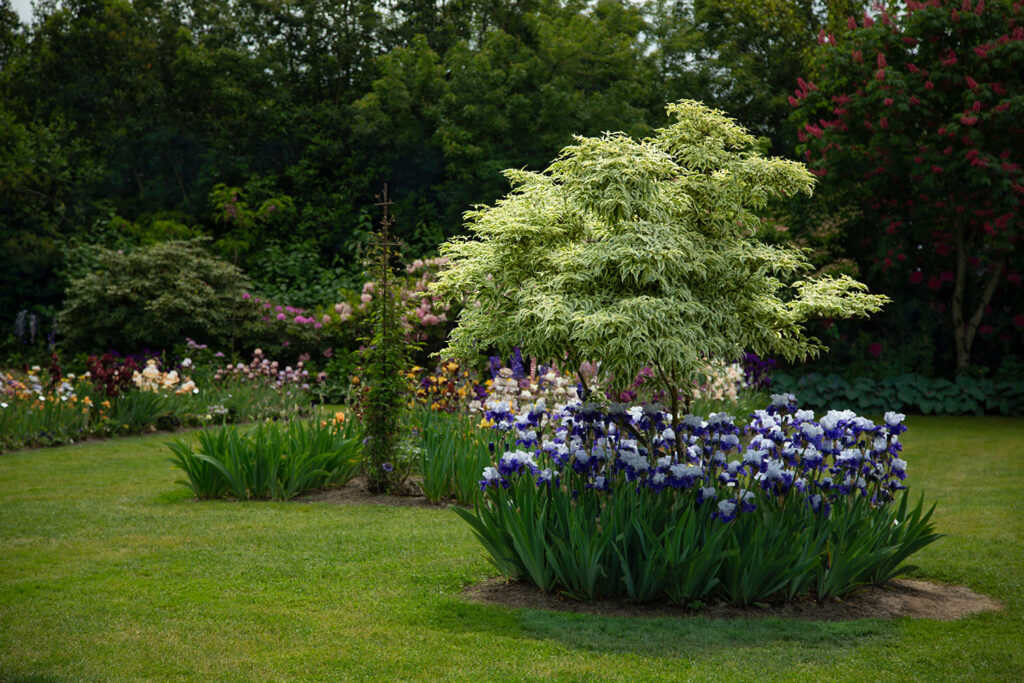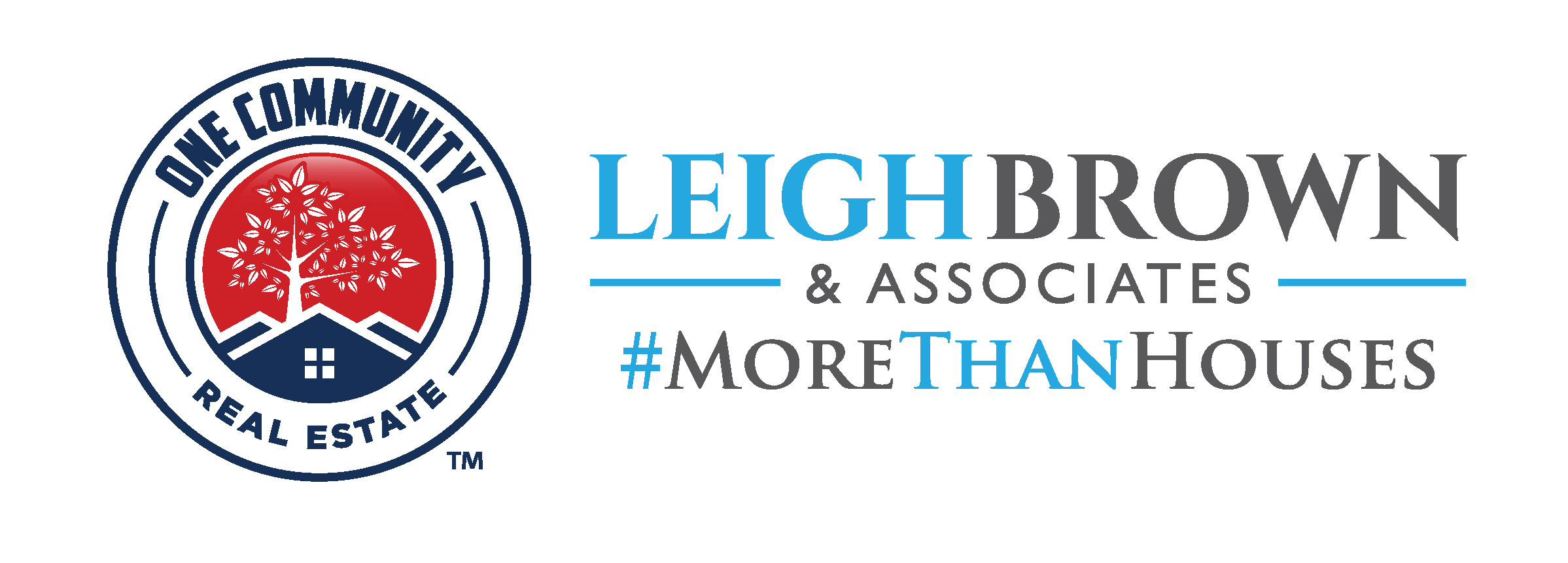By Alison Hoover
We’ve been taught our whole lives not to judge a book by its cover, but every potential home buyer is guilty of judging a property by its curb appeal. Well over 90% of buyers rank curb appeal as an important factor when considering a property.
Curb appeal draws buyers in, but it also says a lot about your home. A well-maintained lawn speaks to a well-maintained home. If your lawn is full of weeds, molehills, and dead patches, who’s to say the carpet, appliances, or even plumbing hasn’t also been neglected?
Aeration and overseeding are easy ways to care for your lawn and improve its appearance (whether you’re listing your home or not). Here’s a quick explainer on how to level up your lawn game.

Aeration
Lawn aeration is the process of poking lots of little holes in the soil, allowing the grass to breathe while increasing airflow and improving drainage. Together, these improvements encourage healthy growth.
Depending on the type of soil, you may need to aerate yearly or perhaps only every few years. For example, sandy soil needs to be aerated only every three years, but clay soil should be aerated yearly (at least).
This is best done during the growing season, which depends on the type of grass covering your lawn. Cool-season grasses are best aerated in early spring or early fall, while warm-season grasses respond best to a late spring aeration session.
North Carolina lies in the transition zone, meaning our yards can support warm- and cool-season grasses. However, if you live in the Charlotte area, you likely have a cool-season variety such as tall fescue, zoysiagrass, or Kentucky bluegrass.
Before You Begin
Before you get started, you will probably need to dethatch your lawn, which is the process of removing built-up organic matter. When this layer exceeds half an inch, it begins inhibiting grassroots access to water and air. Dethatching can be done using a rake, and just takes a little time and elbow grease.
Once you’re ready, you’ll need an aerating tool. Aerators range from spiked shoes to mower attachments. If you have a small lawn, a powerful mower, or enjoy yard work, this project is doable with a free afternoon. If it sounds like too much, you can always find a professional to do the job at a reasonable price. The average national cost of lawn aeration is only around $145.
Overseeding
The next step to a beautiful lawn is overseeding. This is basically the process of adding extra grass seeds of a complementary type to ensure growth throughout your yard during the growing season. Overseeding is easy and can yield fantastic results.
This process is useful for a variety of reasons but can be especially beneficial here in the transition zone where the weather gets hot, but the winters can be quite chilly. This combination can make it difficult to achieve a green lawn throughout the entire growing season.
The best part about overseeding is that it’s really easy. All you have to do is add grass seed to your existing lawn–you don’t even need to turn the soil. If you overseed with a warm-season variety, you’ll want to spread the seed in the late spring or early summer. However, if you go with a cool-season cultivar, plant it in the fall.
Choosing Your Grass Type
You want to overseed with the same type of grass you already have. That is another warm-season grass or another cool-season grass. You do not want to mix warm- and cool-season grasses as you’ll end up with a hodge-podge mess.
The goal is to have a variety of grass cultivars of the same type which will grow on the same schedule but respond differently to external factors such as sun, shade, and water availability.
If you don’t know what kind of grass you have, you can figure it out with a little research. To overseed, you need to know if you’re working with cool- or warm-season grasses, so you just need to narrow it down. It’s okay if you don’t determine exactly what type of grass you have.

Watering Your Newly Seeded Lawn
Once you’ve spread the seed, you need to water it right away. You’ll then continue watering daily until you notice germination has begun. After the seeds have germinated, you should give the grass a deep soaking every couple of days. Once the grass is established and about the same height as the existing grass, you can care for your lawn as you always have.
A property with great curb appeal–including the lawn and the home’s exterior features–can sell for as much as 7% more than a comparable listing without the outdoor allure. A healthy lawn is an easy way to improve the entire look of your property. And if you’re sprucing up your outdoor space to list your home, let One Community Real Estate® Leigh Brown & Associates take care of the paperwork so you can focus on your curb appeal.

Alison is a world traveler who loves to spend her time writing and reading. When she’s home, you can find her playing with her pet rabbit and baking.
Leigh Brown & Associates | One Community Real Estate®
Our REALTORS® embrace the role of those who sell, who lead & who influence our communities as your Real Estate Advocates. #onecommunity
𝘾𝙊𝙉𝙉𝙀𝘾𝙏 𝙒𝙄𝙏𝙃 𝙈𝙀
FACEBOOK: facebook.com/WeLoveConcord
INSTAGRAM: instagram.com/leighsellsclt
WEBSITE: www.leighsells.com
PHONE: 704-705-7036
